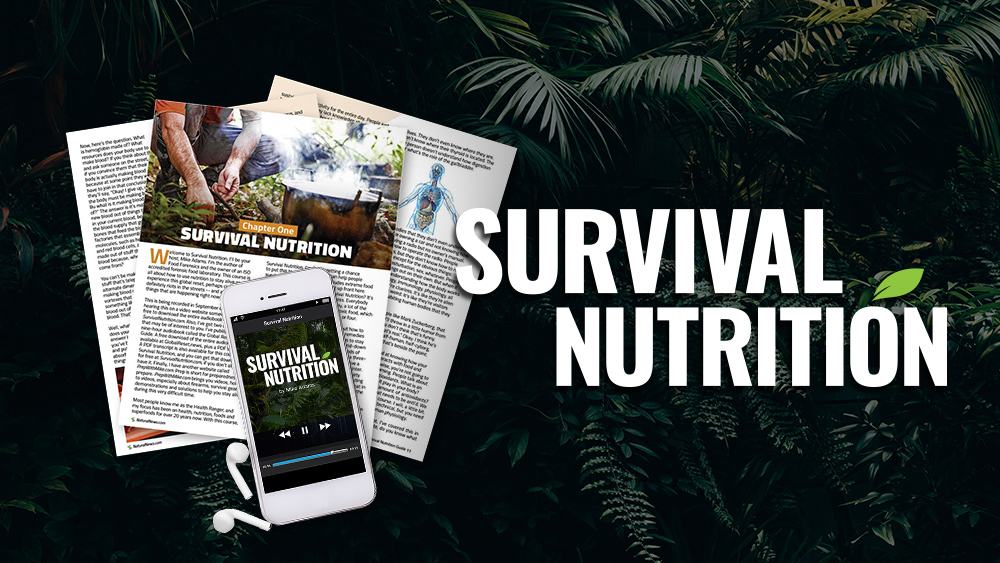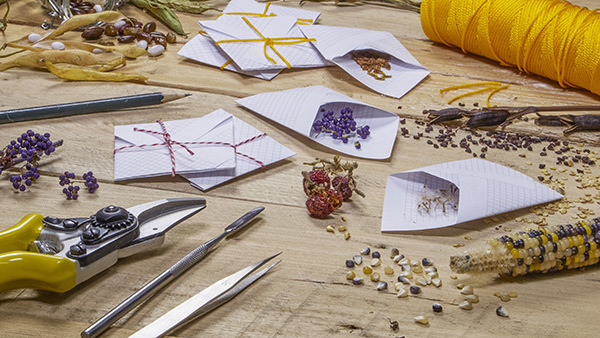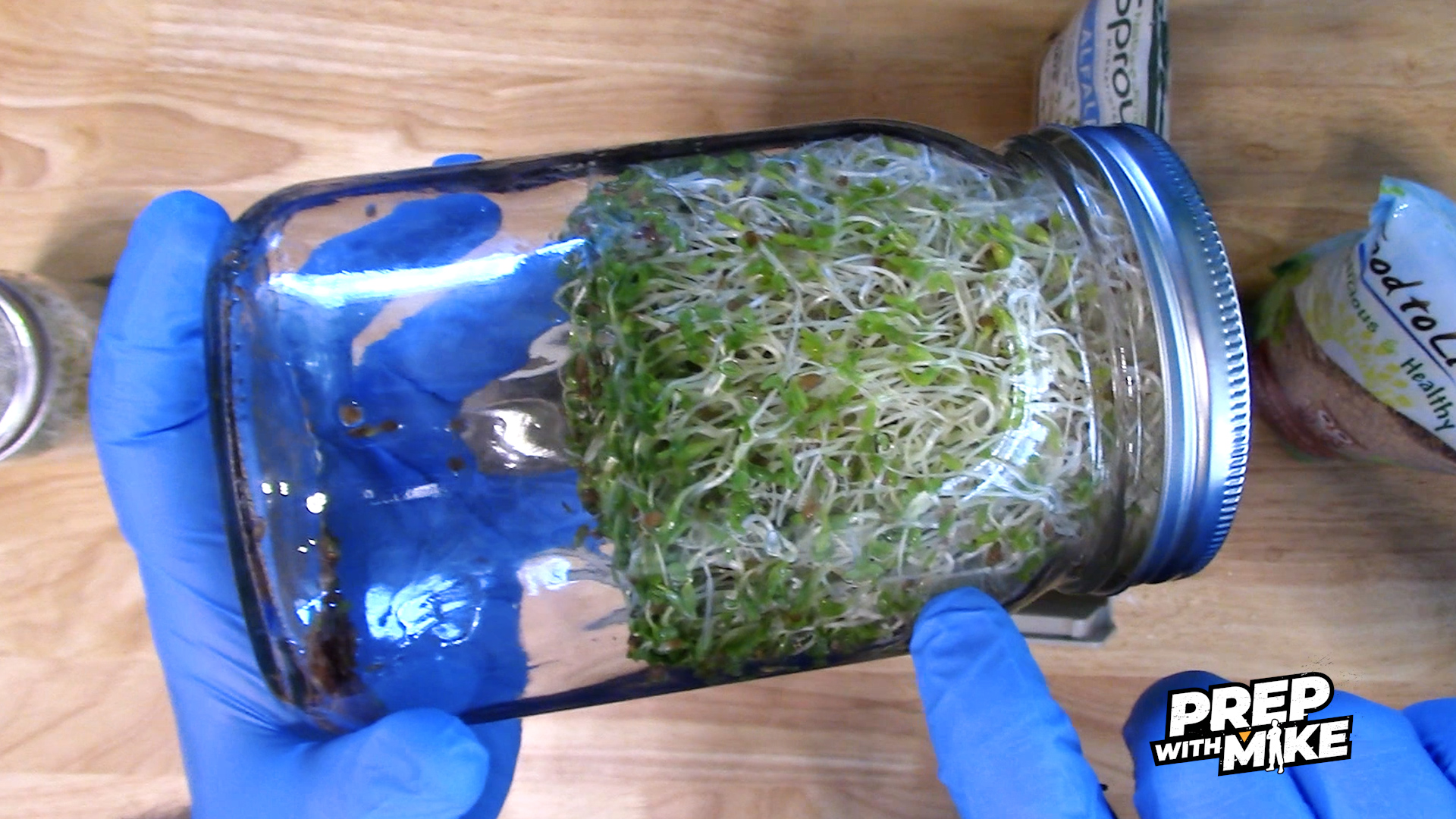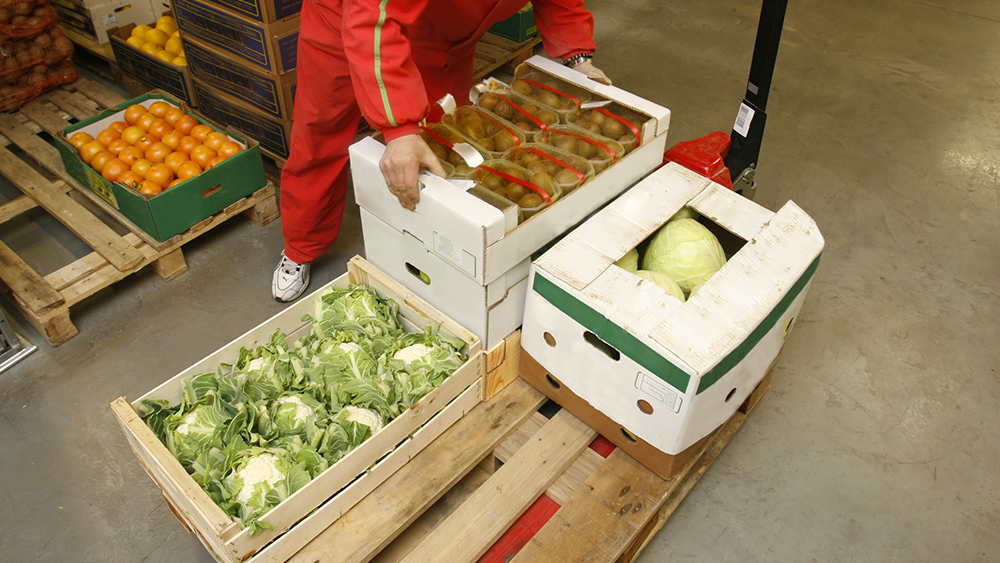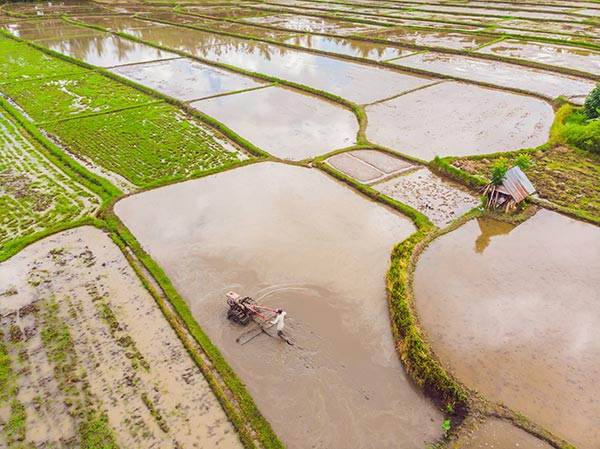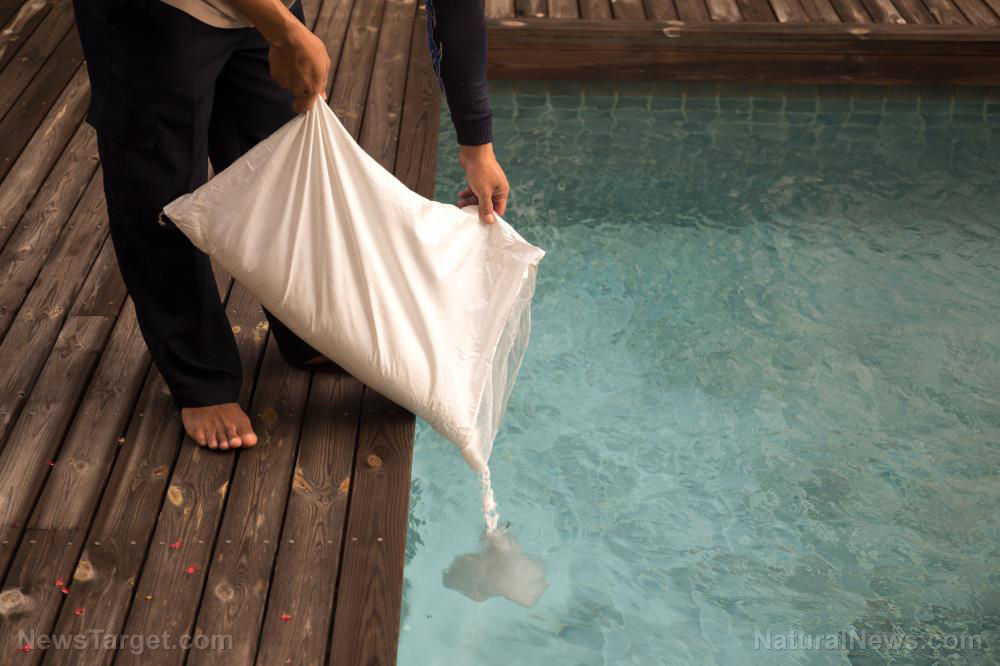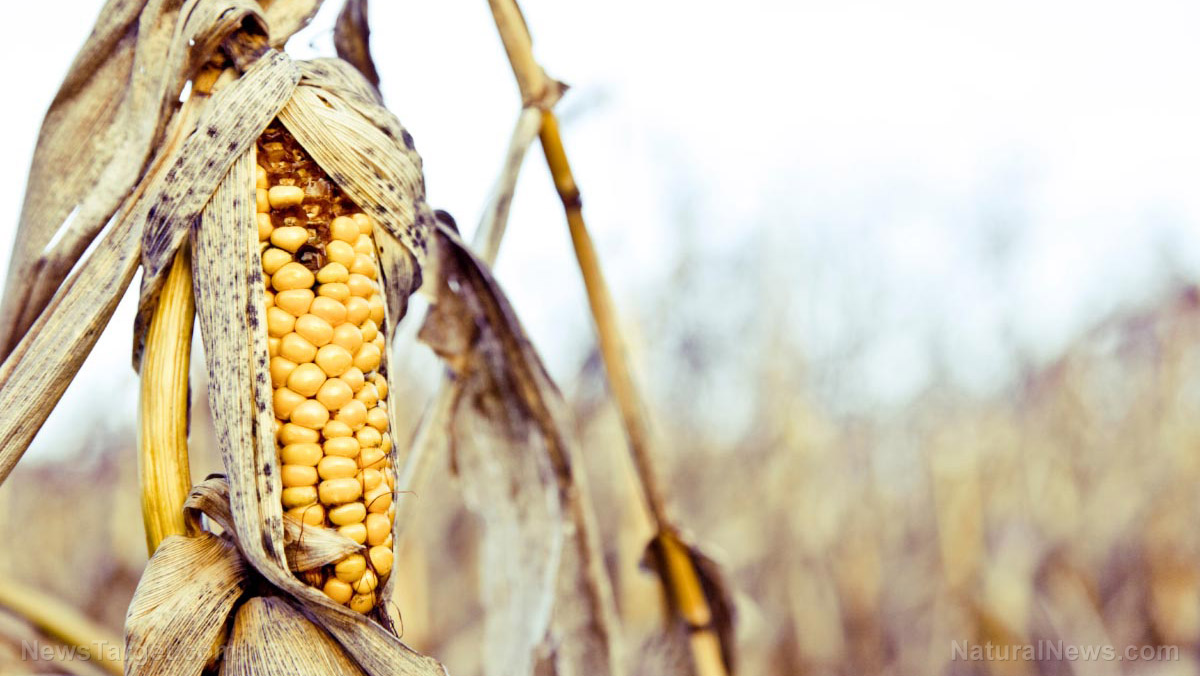The homesteader’s kitchen: Tools and ingredients you need to preserve food before SHTF
10/27/2020 / By Virgilio Marin

Food preservation will come in handy when SHTF. With resources running out, food that lasts a long time will help you better plan your meals and save what you’ve foraged or stockpiled for later consumption. But first, you’ll need certain tools and ingredients to preserve food. (h/t to FoodStorageMoms.com)
Dehydrator
As its name suggests, a food dehydrator is a small kitchen appliance used to dry foods like meats, fruits and vegetables. Without much moisture to promote rotting, food could last a long time with a food dehydrator.
Mason jars
Mason jars are commonly used for canning foods and are some of the cheapest, most versatile survival items. They can store salsas, juices, fruits, vegetables and more and can also be used to plan your meals. What’s more, you can start an indoor herb garden by using mason jars as planters.
Pressure canner
A pressure canner is a pressure cooker for canning and home food preservation. Pressure canning is the only safe method for preserving low-acid foods like vegetables, squash, meats and dairy. It’s the only canning method that can achieve a temperature of at least 240 degrees, which is the minimum heat necessary to eliminate spores that can survive boiling temperatures. Spores grow well in low-acid foods so you’ll need a pressure canner to avoid botulism.
Meat grinder
A meat grinder is a useful tool in homesteading as it takes care of all the mincing, minus the blood and sweat on your end. You can use it to make ground meat, ham salad, sausage patties and even vegetables and fish. In addition, a meat grinder saves you money at the grocery store as you don’t have to pay more for meat that’s already been ground for you.
Electric and manual peeler
While you’ll do fine with just a manual peeler, having an electric peeler will help you peel food more quickly. This is especially useful if you’re processing a lot of foods and need another pair of hands to get the job done on time. However, you’ll still need a manual peeler in case of a power outage.
Food processor
A food processor is similar to a blender except it’s better at slicing and dicing fruits and vegetables. A blender, on the other hand, works better with liquids.
Knives and knife sharpener
A set of knives is indispensable to any homesteader. Even if you have a meat grinder, peeler and food processor, you will still need knives to cut other sorts of things, such as large fruits and tough meat. While you can get a complete set of knives, all you really need are a chef’s knife, a slicing knife, a cleaver, a fillet knife and a paring knife. Don’t forget to keep a knife sharpener so you can keep your blades sharp. (Related: Using kitchen knives for survival.)
Crockpot
A crockpot, or slower cooker, simmers food at low temperatures. If you have other errands to do like tending your garden, you can use a crockpot and leave your meat slow-cooking for the rest of the day. When you return to your kitchen hours later, the meat has not just fallen right off the bone, but it is ready to be served or processed, too.
Ingredients for food preservation
Essential natural ingredients for food preservation include:
- Salt – used for curing and pickling food
- Vinegar – used for pickling
- Sugar – used for sugaring fruits like apples, apricots, plums, pears and peaches
- Agar– used for jellying, a method of food preservation in which food is cooked in a substance that forms a natural gel
- Gelatin – used for jellying
Securing these ingredients is relatively easy compared to the tools you’ll need, as the latter are more expensive. If you’re working on a tight budget, there are garage sales that may have some of these items. Canvass first before purchasing a product.
For more homesteading tips, visit Homesteading.news.
Sources include:
Tagged Under: disaster, Food Preservation, Food storage, food supply, homesteading, kitchen tools, preparedness, prepper, prepping, self sufficiency, SHTF, survival, survivalist, tips
RECENT NEWS & ARTICLES
FoodStorage.News is a fact-based public education website published by Food Storage News Features, LLC.
All content copyright © 2018 by Food Storage News Features, LLC.
Contact Us with Tips or Corrections
All trademarks, registered trademarks and servicemarks mentioned on this site are the property of their respective owners.


